We caught up with the brilliant and insightful Juliana Forero a few weeks ago and have shared our conversation below.
Alright, Juliana thanks for taking the time to share your stories and insights with us today. Can you talk to us about how you learned to do what you do?
Going to art school for my undergrad opened the door to learning new techniques and tools for self-expression. Connecting with groups of like–minded artists, agreeing to disagree and diving into art history was key in my formation as an arts manager and curator. When I moved to the US, I understood the barriers that I needed to break to be part of the cultural scene, and after a few non-significant exhibitions, I enrolled into a graduate degree to be on the other side of the barriers, as an arts administrator and arts educator.
My path has been organic and I have worked in most of the significant roles in museums and arts organizations, such as development, education, and curatorial. A few years ago I realized that volunteering at a younger age, would perhaps have opened some doors earlier. One of the benefits that volunteering can bring to an individual, beyond providing your time and expertise to a good cause, it’s networking and aligning oneself with folks with same ideals and values.
Currently, I can pull from the knowledge gained when I trained in my schooling, as an artist, administrator and educator, to curate significant exhibitions that resonate with others, and to provide a voice to topics that are important to me.

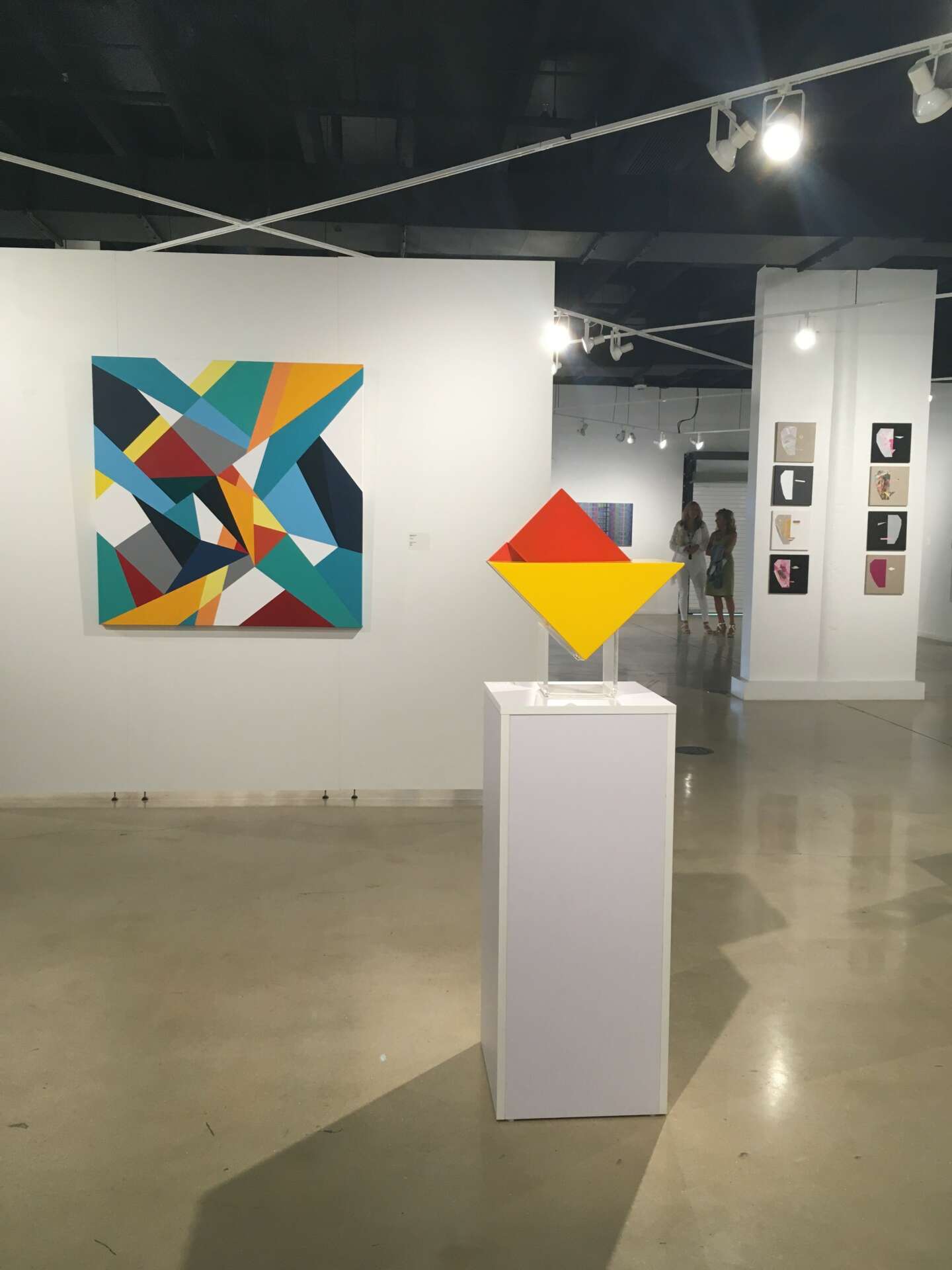
Juliana, before we move on to more of these sorts of questions, can you take some time to bring our readers up to speed on you and what you do?
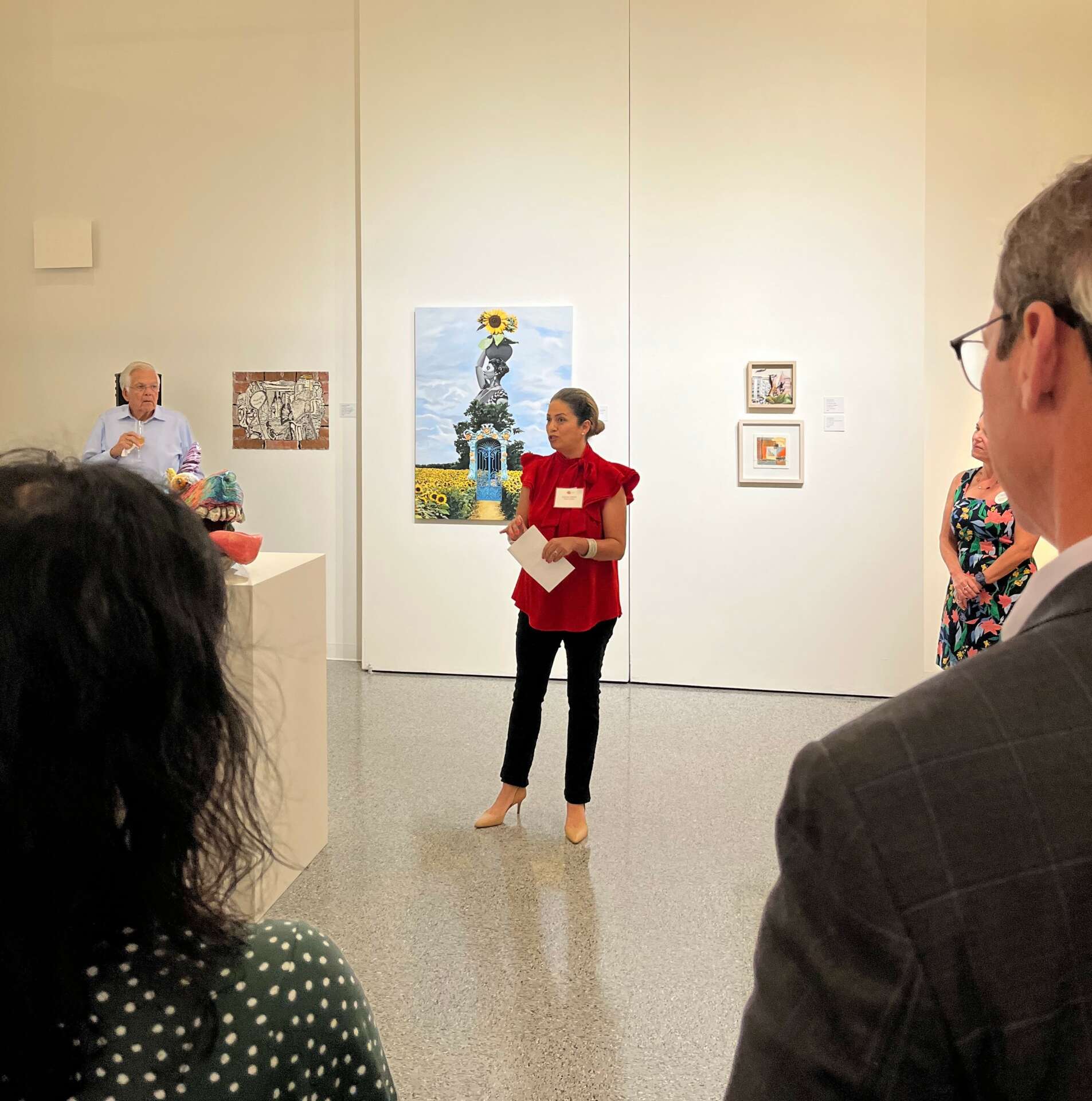

How about pivoting – can you share the story of a time you’ve had to pivot?
When I moved to South Florida from Colombia in 2002, I had just graduated from my BFA in Visual Arts. At a time before Miami Art Basel, Wynwood and the art scene as we currently know it, it was extremely hard for me to exhibit my artworks. I got into a few art competitions but the exhibitions were not curated and I couldn’t tap into the artistic network. If there was a network, it was not accessible or visible.
That’s when I decided to pivot from seeking a career as an artist to an arts manager. I wanted to learn what it took to be behind the scenes, and how to apply that knowledge to potentially help others in my situation. After graduating from my graduate studies, I worked in fundraising and leading educational programs, but it was until I landed into curatorial practices that I felt coming full-circle to my artistic expression. I’ve been able to connect with artists that put into visual context the issues and thematics that are of my interest. When I’m developing a group exhibition, with the multiple voices and points of view of different artists coming together as a whole, I’m using the skills learned as a creative and the resulting exhibition is my way for self-expression. I’m very fond of the artists that have collaborated with me in my exhibitions, and there’s almost always the discussion of a follow-up exhibition. There’s always something more to say, to express.
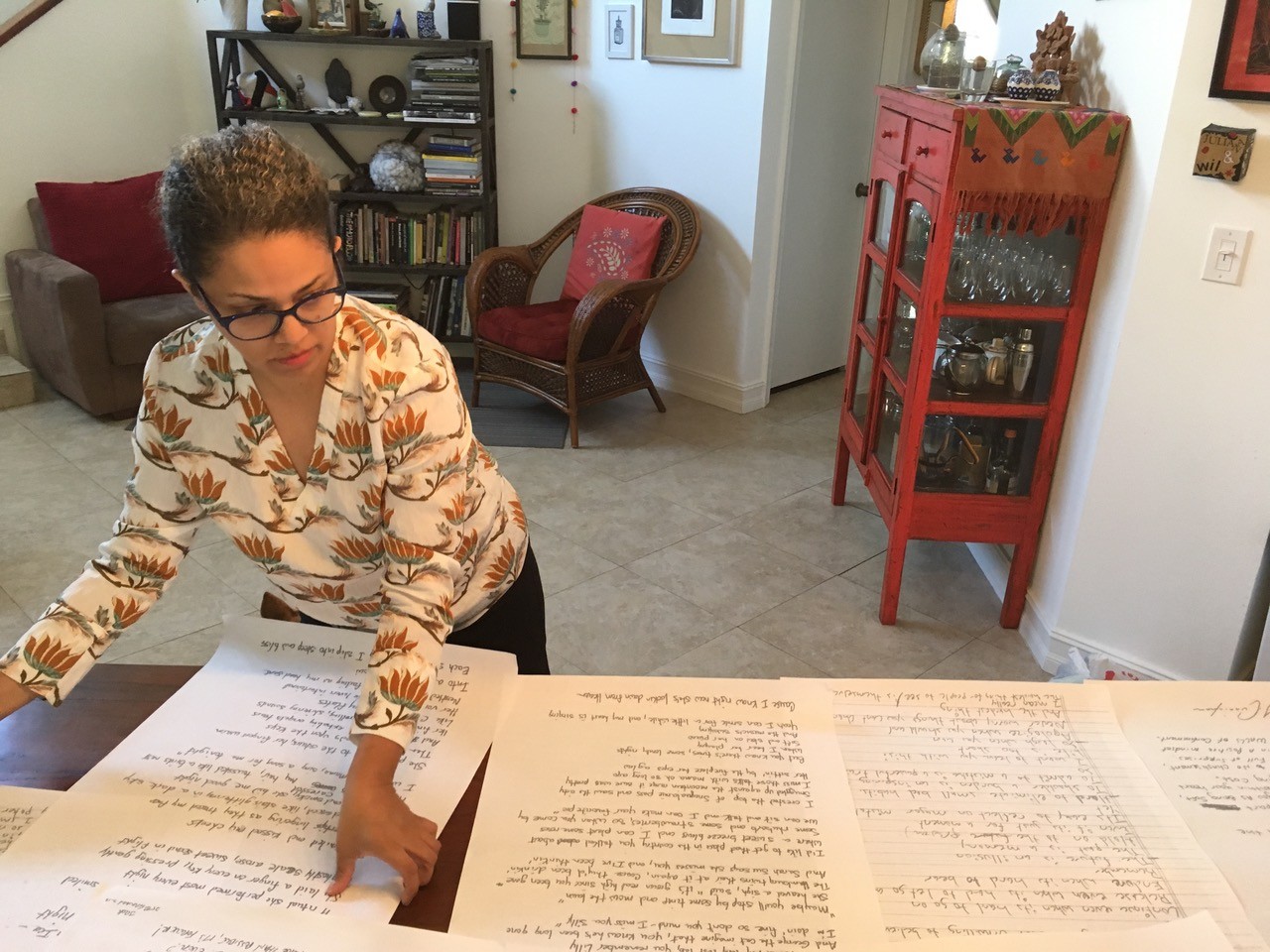

Are there any books, videos, essays or other resources that have significantly impacted your management and entrepreneurial thinking and philosophy?
Writings by Elliot Eisner, Falk and Dierking and Eileen Hooper-Greenhill opened my eyes to making museum and arts organizations accesible to the public. I have a whole dissertation filled with theories and research of how the role of the community is key in ownership and enjoyment of art venues and cultural events. Breaking barriers and demystifying cultural structures provide health and mental benefits to society. Art education from infancy is fundamental. Arts for all is my guiding principle.
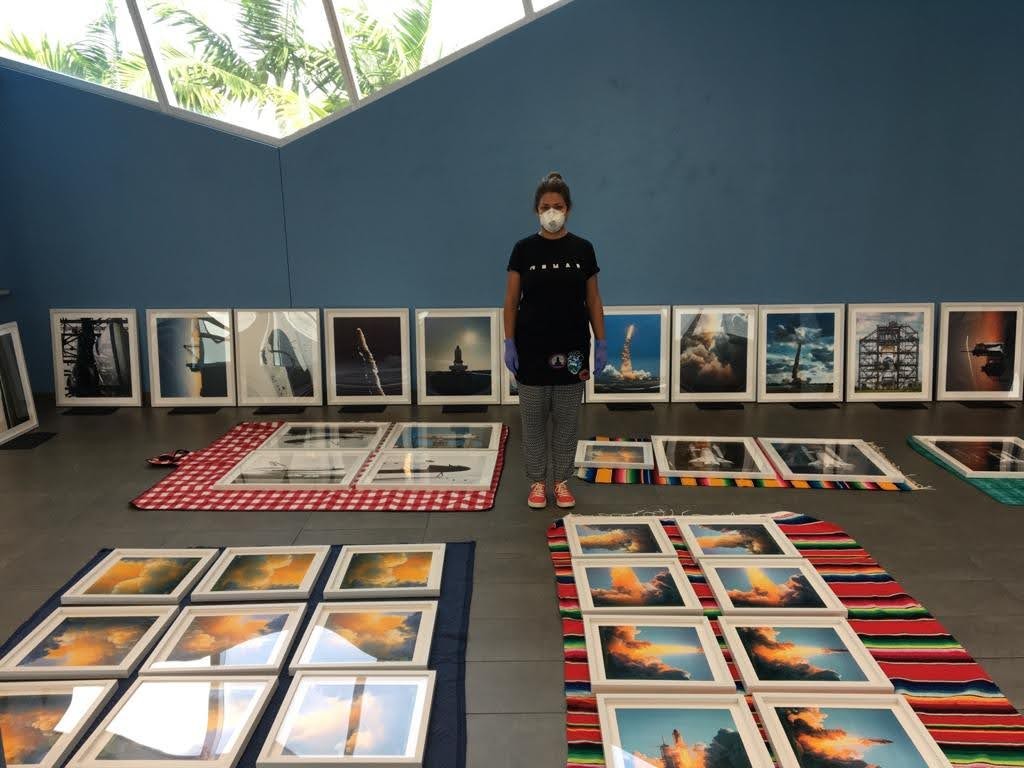
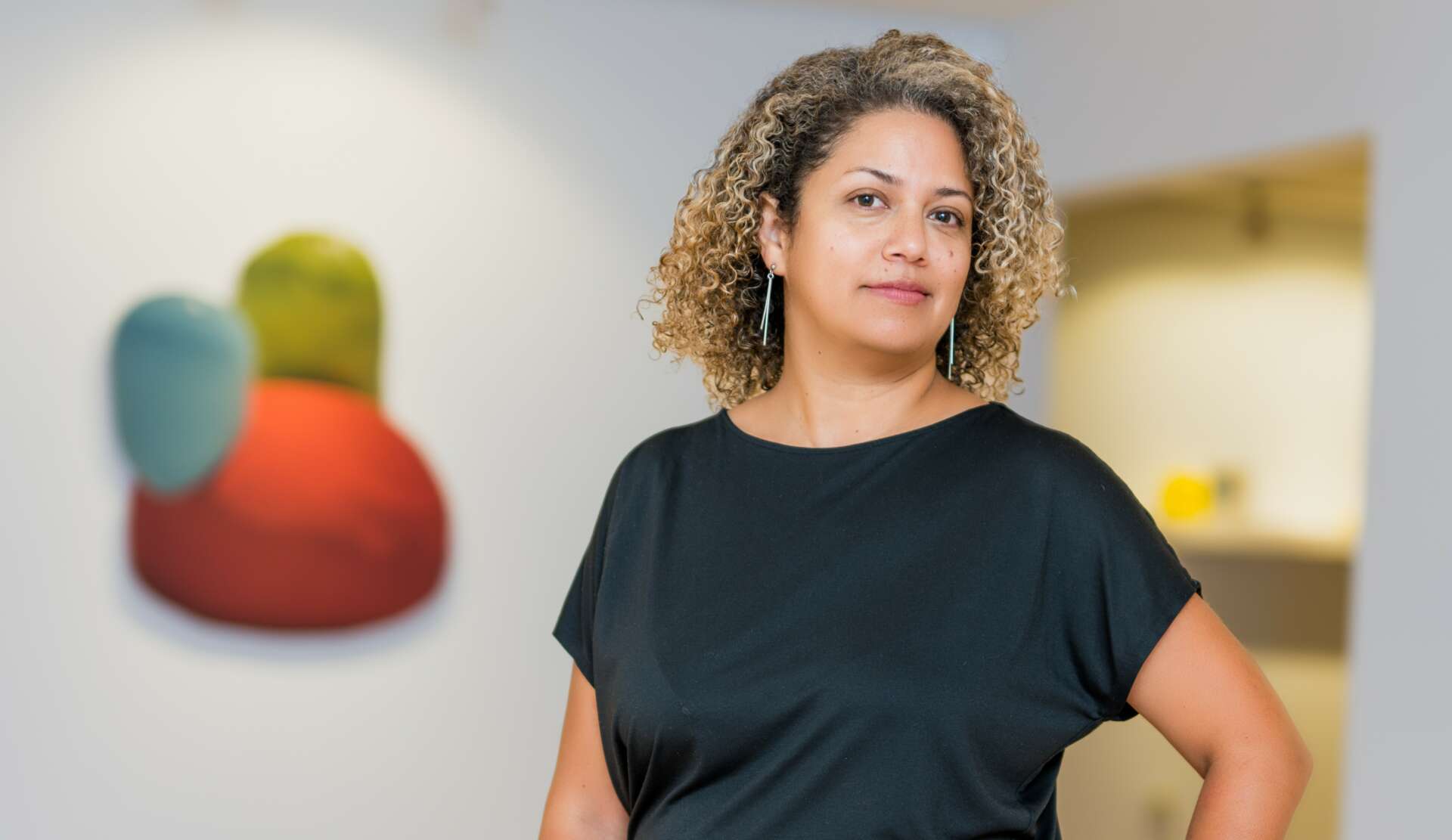
Contact Info:
- Website: https://www.nomadartprojects.com
- Instagram: https://www.instagram.com/nomadartprojects/
Image Credits
Dreamfocus Photography/Darryl Nobles, Juliana Forero, Jose Prieto, Courtesy of the City of Coral Springs


